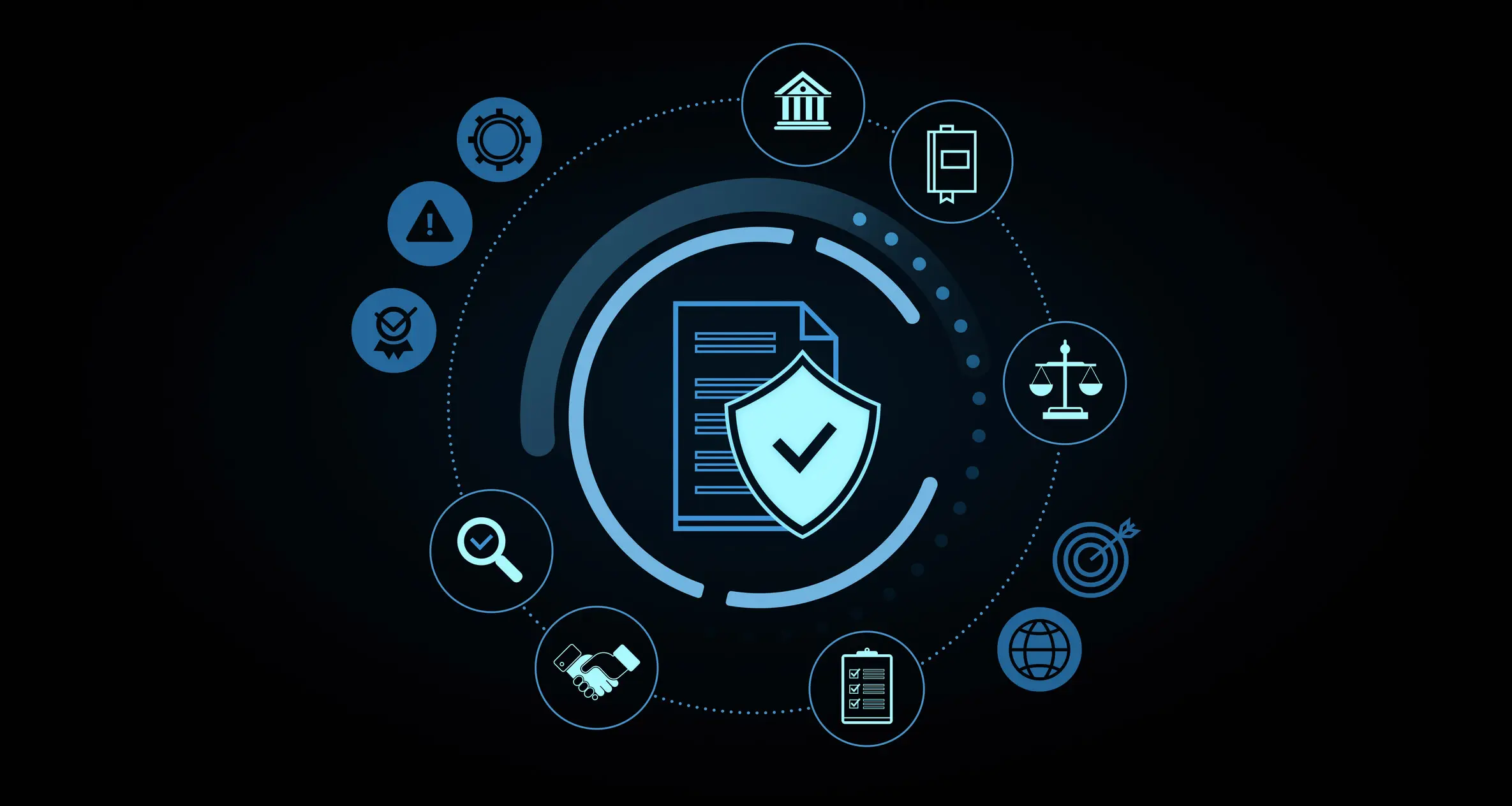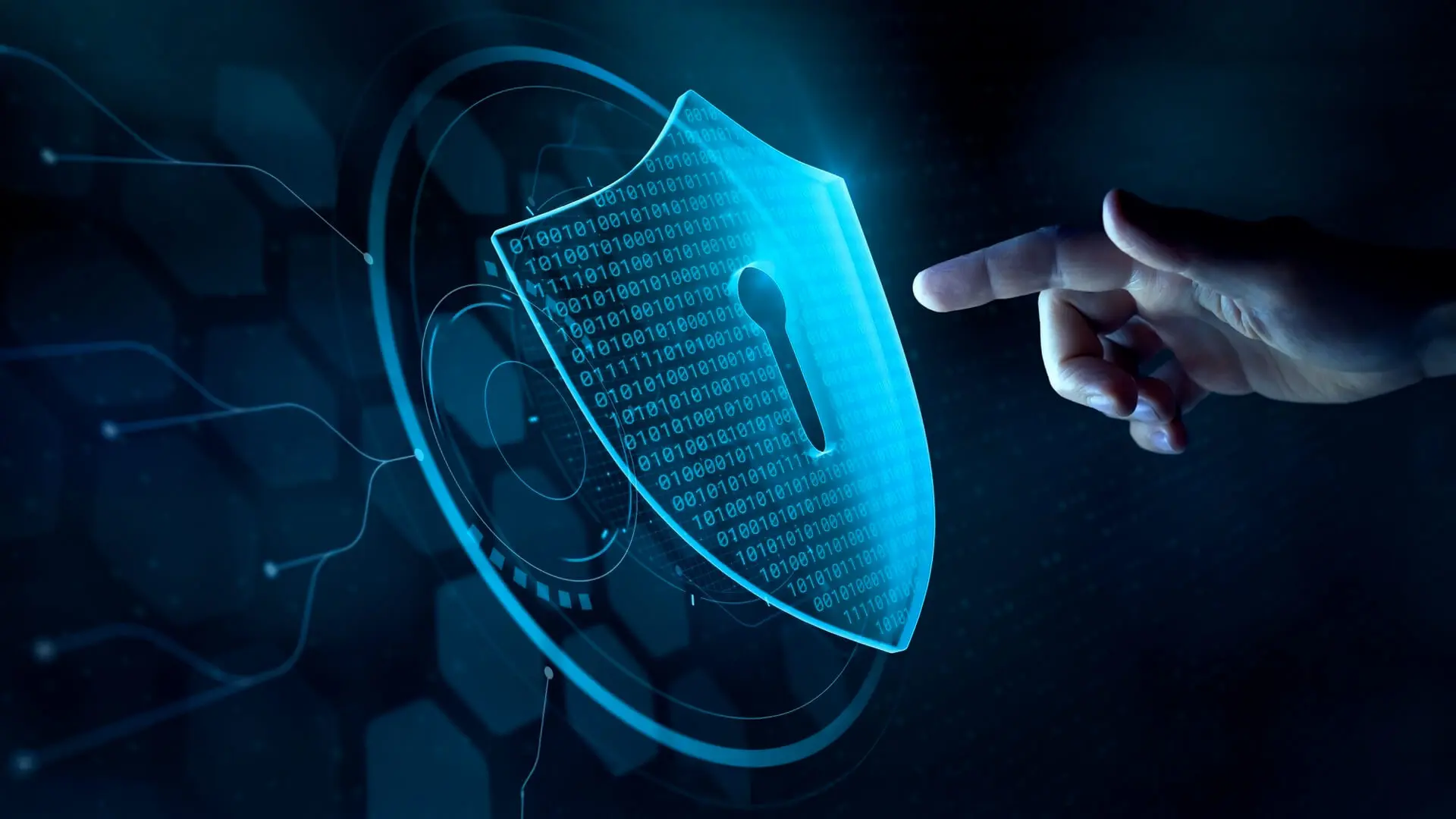In today’s cloud-first world, we spend considerable time managing human identities—enforcing MFA, conducting access reviews, and revoking privileges when employees leave. But there’s another critical identity category that often flies under the radar: non-human identities.
Table of Contents
These service accounts, API keys, automation tokens, and application credentials silently power our digital infrastructure, often with privileged access. Yet many organizations struggle to maintain visibility into these identities, creating significant security and operational risks.
The Growing Problem of Non-Human Identity Sprawl
Non-human identities now vastly outnumber human users in most cloud environments. Think about it: every CI/CD pipeline, scheduled job, service-to-service authentication, third-party integration, and automated workflow requires its own set of credentials.
In a recent cloud security assessment, we conducted for a mid-sized enterprise, we discovered they had 15 times more service accounts than human users—and nearly 40% of these service accounts hadn’t been accessed in over 90 days.
As one Oracle Cloud Infrastructure (OCI) security assessment found: “Consulting Company observed users that have not logged in to OCI in over 90 days in several tenancies. Many of the users were in an administrator access group which is an administrator group.”
This isn’t uncommon. Non-human identities multiply quickly and remain long after their usefulness has ended, creating significant security debt.
Security Implications: The Perfect Target
Attackers know that non-human identities make excellent targets for several reasons:
- Persistent Access: Unlike human accounts that may log out or have session timeouts, service accounts often maintain persistent connections.
- Elevated Privileges: Many non-human identities require broad permissions to function properly, making them high-value targets.
- Limited Monitoring: While security teams closely monitor human user behavior, non-human identity activities often receive less scrutiny.
- Poor Rotation Practices: Service account credentials and API tokens frequently remain unchanged for extended periods due to concerns about breaking functionality.
The 2023 Verizon Data Breach Investigations Report revealed that compromised credentials remain the primary attack vector in data breaches—and service accounts represent a significant portion of these incidents.
Operational Impact: When Things Break Silently
Beyond security concerns, poor management of non-human identities creates significant operational risks:
Expired Tokens Causing Production Outages
One Fortune 500 company experienced this nightmare scenario when an API token used by their payment processing system expired without warning. The token had been created three years earlier by a developer who had long since left the company. With no ownership documentation or monitoring, the system silently failed, causing a four-hour outage that lost revenue.
Development Pipeline Disruptions
When developers leave an organization without properly transitioning ownership of build pipelines and automation tools, the credentials they created often continue working until they suddenly don’t. We’ve seen entire development teams grind to a halt when a critical integration token expired because nobody knew it existed or how to rotate it.
Shadow IT Complications
Development teams frequently create non-human identities for testing and then repurpose them for production use. Without proper tracking, these “temporary” credentials become permanent fixtures with excessive permissions—creating both security vulnerabilities and operational dependencies.
Best Practices for Non-Human Identity Management
How can organizations address these challenges? Here are key strategies:
1. Create a Comprehensive Inventory
Start by identifying all non-human identities across your environment. This includes service accounts, API keys, tokens, certificates, and secrets. Document their purpose, owner, associated application, and permission scope.
2. Implement Proper Lifecycle Management
Every non-human identity should have:
- A designated owner responsible for its management
- A documented purpose and expected usage pattern
- A clearly defined expiration date or renewal process
- A deprovisioning plan when no longer needed
3. Apply the Principle of Least Privilege
Regularly review permissions assigned to service accounts and other non-human identities. Remove unnecessary access rights and limit the scope to only what’s required for the specific function.
4. Establish Rotation Processes
Implement automated credential rotation where possible. For credentials that cannot be automatically rotated, establish a scheduled review process with proper handoffs when team members leave.
5. Monitor Non-Human Identity Activity
Implement monitoring that detects:
- Unusual access patterns for service accounts
- Non-human identities that haven’t been used in 30+ days
- Credential usage from unexpected locations or outside business hours
- Failed authentication attempts
6. Integrate with Employee Offboarding
When employees leave, include a step in offboarding to identify and transition ownership of any non-human identities they created or managed.
Real-World Example: The Forgotten Service Account
Consider this scenario we encountered during a cloud security assessment: A company discovered a service account with administrative privileges that hadn’t been used in over 180 days. Further investigation revealed it had been created for a temporary migration project that concluded months ago.
The account still had valid credentials and extensive permissions across multiple environments. Worse yet, the credentials were stored in an unencrypted configuration file on several servers. This single forgotten account represented a significant security risk that could have provided an attacker with privileged access to critical systems.
Conclusion: Visibility Is the First Step
Managing non-human identities effectively begins with visibility. You can’t secure what you don’t know exists. By creating a comprehensive inventory of service accounts, API keys, and other non-human identities, you establish the foundation for both improved security and operational stability.
As cloud environments grow increasingly complex, organizations that fail to address non-human identity management face mounting risks—both from potential breaches and from unexpected operational disruptions when forgotten credentials suddenly expire.
The time to start mapping your non-human identity landscape isn’t after a breach or outage—it’s now before these hidden risks materialize into real-world problems.
What challenges has your organization faced with managing service accounts and other non-human identities?








